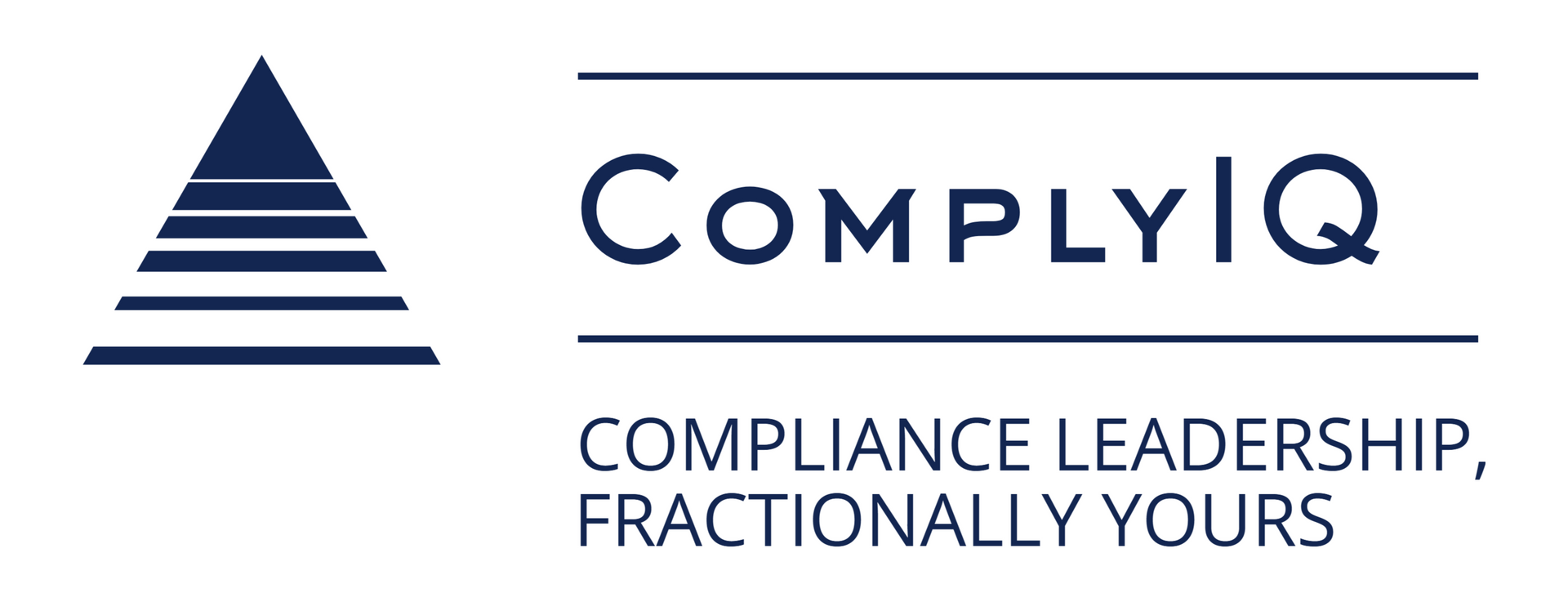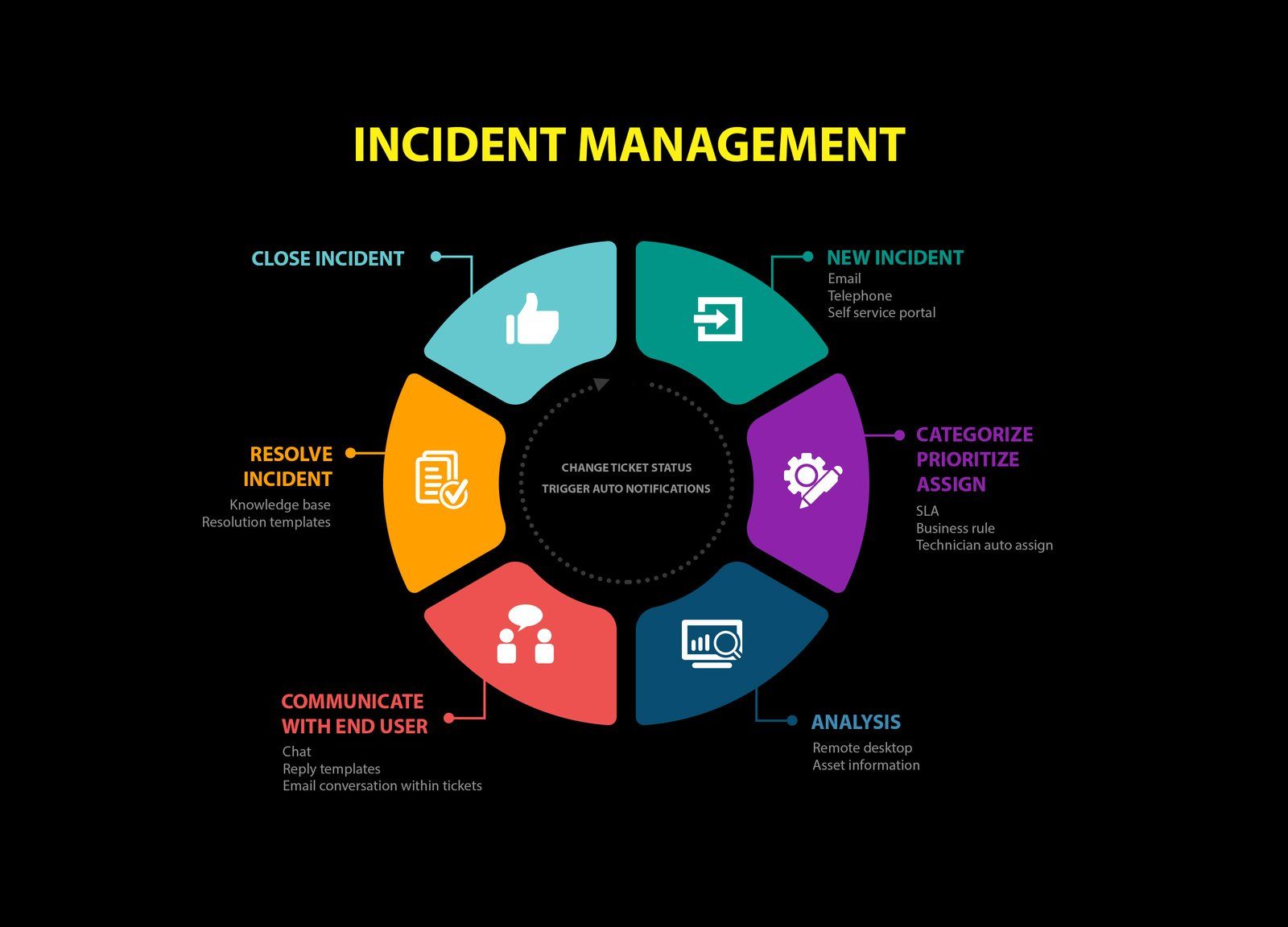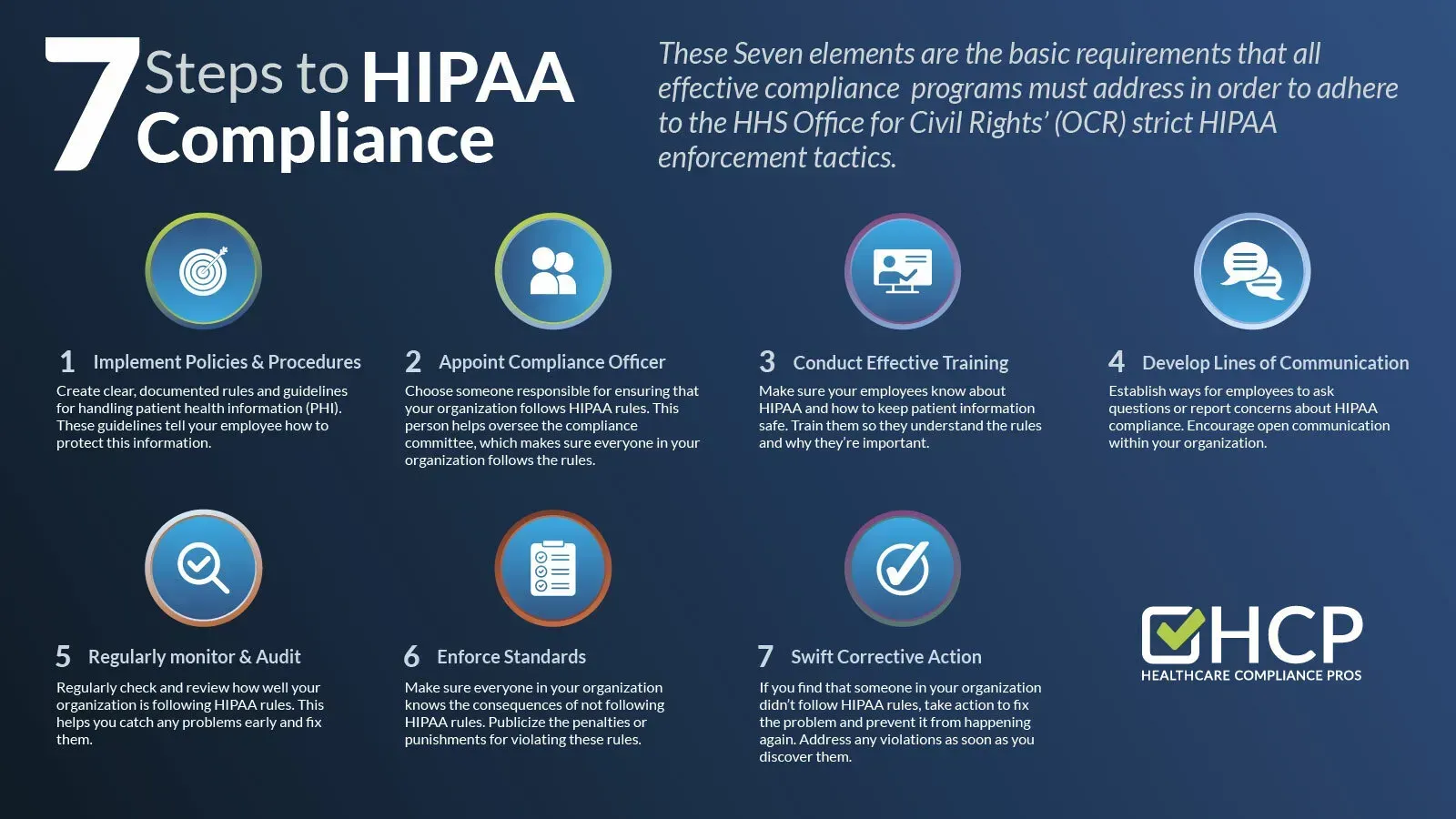Building a Compliance Program at a Payment Processing FinTech: A Step-By-Step Guide
Learn how Building a Compliance Program reduces licensing, AML, and data risks with a two-phase framework and practical implementation tips.

Introduction
Payment processing fintechs face a regulatory maze that gets worse with every new state they enter. The intersection of federal oversight, state money transmitter requirements, and industry standards creates chaos.
What happens when you ignore this reality?
You become part of a statistic: 68% of fintech startups hit compliance roadblocks during scaling, according to recent CFPB enforcement data. The consequences? Missed market opportunities, regulatory fines, and growth that grinds to a halt.
But there's a better way forward.
The Regulatory Maze Facing Payment Processors
B2B payment processors operate in a multi-layered regulatory environment spanning federal and state jurisdictions. The CFPB, OCC, and Federal Reserve set supervisory expectations for consumer protection and risk management.
State oversight complicates things further. Each state maintains unique licensing criteria, capital requirements, and ongoing compliance obligations that vary based on transaction types and volumes.
Now here's where it gets tricky: B2B payment processors often handle multiple transaction types: ACH transfers, wire payments, card processing, and digital wallet integrations. Each triggers different regulatory requirements. NACHA ACH rules govern automated clearing house transactions, while card networks impose PCI DSS requirements.
Unlike consumer-facing fintechs focusing on disclosure rules, B2B payment processors face heightened scrutiny around anti-money laundering controls, Know Your Customer procedures, and sanctions screening.
Why the increased attention?
Commercial transactions involve larger amounts and complex business relationships, raising the regulatory risk profile. A single B2B payment might move $50,000 compared to a $50 consumer transaction. That difference matters to regulators.
Third-party relationships add another layer. When you partner with sponsor banks or technology vendors, you inherit additional regulatory obligations that extend beyond your direct operations.
Think of it this way: you're not just responsible for your own compliance house. You're also accountable for keeping your neighbors' properties up to code.
The Payment Processing Compliance System
Building a solid compliance program requires structure that balances regulatory requirements with operational efficiency. Our system breaks this complex process into two phases.
Think of it like building a house—you need a strong foundation before adding the structure.
Most payment processors try to tackle everything at once. That's like trying to install the roof before pouring the foundation.
Bad idea.
Phase 1: Foundation Assessment
Start with business model mapping to identify every payment touchpoint that triggers regulatory obligations. This includes transaction flows, customer onboarding processes, data storage practices, and third-party integrations.
Your technology architecture analysis focuses on data flow patterns and storage locations. PCI DSS standards apply differently based on how cardholder data moves through your systems, while state privacy laws like CCPA create additional obligations.
Never skip this step: Evaluate existing vendor relationships and their compliance certifications. Your compliance program's effectiveness depends partly on third-party partners maintaining appropriate SOC 2, PCI DSS, or other relevant certifications.
What does this look like in practice?
Imagine you're processing payments for a software company. They use your platform to charge customers monthly subscriptions. Your assessment reveals that customer data flows through three different vendors, each with varying security standards. One vendor lacks proper PCI certification.
That's a compliance gap waiting to explode.
Documentation review reveals gaps between current policies and regulatory expectations. Most payment processors discover their existing procedures lack the specificity that examiners expect during reviews.
Leadership risk assessment establishes the foundation for resource allocation and program scope. Understanding management's risk appetite and available budget helps prioritize the most important regulatory areas.
Phase 2: Risk-Based Program Design
Program design starts with developing a compliance matrix that maps specific regulations to your payment processing activities. This matrix becomes your blueprint for ongoing monitoring.
Risk assessment methodology prioritizes high-impact regulatory areas based on enforcement trends and potential financial consequences. FinCEN guidance on Bank Secrecy Act enforcement provides insight into AML program expectations.
Here's what many companies get wrong: they treat all compliance requirements as equally important. But, they're not.
Monitoring and testing protocols establish ongoing compliance validation through automated controls and manual review procedures. Smart programs combine real-time transaction monitoring with periodic compliance testing.
Clear escalation procedures ensure compliance issues get appropriate attention. This includes protocols for regulatory inquiries, suspicious activity reporting, and internal policy violations requiring management notification.
When designing compliance programs, many payment processors discover their internal teams lack specialized expertise for multi-jurisdictional requirements. Fractional CCO services bridge this gap by providing senior compliance leadership without full-time overhead costs.
Regulatory Components for Payment Processors
Money Transmitter Licensing Strategy
State money transmitter licensing represents the biggest regulatory challenge for scaling payment processors. The Conference of State Bank Supervisors (CSBS) maintains resources that help navigate 48 states plus DC and Puerto Rico with separate licensing regimes.
Start with business model analysis to determine which states require licenses based on transaction flows and customer locations. Some states trigger licensing when processing payments for businesses located within their borders. Others focus on where funds originate.
The NMLS portal standardizes much of the application process, but each state maintains unique requirements for surety bonds, net worth calculations, and background investigations.
Smart approach: Phase your licensing strategy by prioritizing key markets based on revenue opportunities and regulatory risk. Many successful processors begin with states that have streamlined applications before expanding to complex jurisdictions.
Consider this scenario: You want to expand into Texas, New York, and California simultaneously. Texas typically processes applications in 90 days. California? Try 12 months. New York falls somewhere in between.
Which market would you tackle first?
Anti-Money Laundering Program Development
AML programs for B2B payment processors focus heavily on customer due diligence and transaction monitoring calibrated for commercial payment patterns. The FFIEC BSA/AML examination manual provides detailed guidance on examination expectations.
Customer Identification Program procedures for business customers require enhanced due diligence compared to consumer onboarding. This includes beneficial ownership identification, business verification, and ongoing monitoring for ownership changes.
What does enhanced due diligence actually mean?
For a small business customer, you might verify:
- Business registration documents
- Tax identification numbers
- Beneficial ownership information for anyone owning 25% or more
- Business purpose and expected transaction patterns
- Source of funds for larger transactions
Transaction monitoring systems must account for higher dollar amounts and different pattern recognition requirements of B2B payments. Commercial transactions often involve predictable monthly cycles and seasonal variations that differ significantly from consumer patterns.
Suspicious Activity Reporting protocols require staff training on commercial money laundering typologies and investigation procedures that distinguish legitimate business variations from potentially suspicious activities.
Data Protection and Privacy Controls
Data governance must address PCI DSS requirements for cardholder data protection while meeting state privacy regulations. The NIST Cybersecurity Framework provides a structured approach to building cybersecurity controls.
Privacy controls require careful analysis of state requirements. California's CCPA, New York's SHIELD Act, and other state privacy laws create different obligations for data collection and processing.
The challenge? Each state defines "personal information" differently.
New York includes biometric data. California covers IP addresses. Illinois has specific biometric consent requirements. Your privacy program needs to handle all these variations.
Incident response procedures must account for multiple notification requirements. Payment card compromise incidents trigger PCI DSS breach notification procedures, while personal data breaches may require state attorney general notifications.
Technology Integration Considerations
Payment processing compliance extends beyond policies into your technical infrastructure. Your API design, data architecture, and integration patterns all carry regulatory implications.
API compliance requires careful attention to data minimization principles. Only collect and store payment data necessary for processing transactions. Avoid storing sensitive authentication data unless specifically required.
Data flow management becomes particularly important when handling multi-jurisdictional transactions. Customer data might originate in California, get processed through servers in Virginia, and settle through banks in New York. Each location triggers different regulatory requirements.
Real-time monitoring capabilities help identify compliance issues before they become problems. Automated alerts for unusual transaction patterns, failed identity verification attempts, and suspicious login activities provide early warning systems.
Integration security standards must align with your risk assessment findings. Third-party API connections require secure authentication, encrypted data transmission, and regular security assessments.
Consider tokenization strategies for sensitive data storage. Replacing actual account numbers with tokens reduces your PCI scope and limits exposure during security incidents.
Database encryption at rest and in transit protects against unauthorized access. But encryption alone doesn't satisfy regulatory requirements—you need proper key management and access controls.
Implementation Best Practices and Common Pitfalls
Start small, scale smart. Begin with pilot programs in limited jurisdictions to identify operational challenges before full rollout. This approach lets you refine procedures and train staff without managing compliance across all target markets simultaneously.
Build compliance checkpoints into product development lifecycles to prevent costly post-launch modifications. Recent analysis by an industry publication shows fintechs implementing compliance reviews during product design reduce regulatory delays by 60%.
Here's what kills most implementations: Treating compliance as a one-time project rather than ongoing operations. Regulatory requirements evolve continuously, and compliance programs require regular updates.
What does this look like in practice?
A payment processor launches in three states with compliant procedures. Six months later, one state updates its transaction reporting requirements. The processor fails to update their monitoring systems. During the next examination, regulators discover the gap and impose remediation requirements.
That's an expensive lesson.
Common mistakes include underestimating regulatory approval timelines. State money transmitter license applications often take 6-12 months for initial approval.
Plan accordingly.
Many payment processors struggle with multi-state licensing complexity, making expert guidance necessary for avoiding costly delays during scaling phases. The intersection of federal AML requirements, state licensing obligations, and industry standards creates challenges that often overwhelm internal teams lacking specialized regulatory experience.
Clear communication protocols between legal, compliance, engineering, and product teams ensure everyone understands their role. Regular cross-functional meetings prevent misunderstandings that could lead to compliance gaps.
Staff training programs should cover role-specific compliance responsibilities. Engineers need to understand data protection requirements. Customer service representatives need to recognize suspicious activity indicators. Product managers need to know when new features trigger regulatory reviews.
Vendor management becomes increasingly important as your technology stack grows. Each new integration point introduces potential compliance risks that require evaluation and ongoing monitoring.
Documentation standards help maintain consistency across teams and time periods. When staff turnover occurs, comprehensive documentation ensures compliance procedures continue without interruption.
Measuring Success and Ongoing Optimization
Smart compliance programs establish key performance indicators measuring both regulatory risk reduction and operational efficiency. Examination readiness scores, based on documentation completeness and control testing results, provide quantifiable metrics.
Regular testing schedules for all compliance controls ensure ongoing effectiveness. Industry case studies from Compliance Week demonstrate that organizations with quarterly compliance testing identify and fix issues 40% faster than those relying on annual reviews.
What metrics actually matter?
- Time to complete customer onboarding while maintaining compliance standards
- Percentage of transactions requiring manual review for suspicious activity
- Average time to resolve compliance issues identified during testing
- Staff training completion rates and assessment scores
- Vendor compliance certification renewal rates
Feedback loops between operational teams and compliance functions drive continuous improvement based on real-world challenges. Monthly compliance committee meetings help identify opportunities for process refinement.
Regular regulatory change monitoring ensures programs remain current with evolving supervisory expectations. Subscribe to regulatory guidance updates from federal agencies to identify changes affecting your compliance obligations.
Performance benchmarking against industry peers provides context for your compliance effectiveness. Industry associations and regulatory bodies sometimes publish anonymized performance data that helps calibrate your expectations.
Compliance cost tracking helps justify program investments and identify optimization opportunities. Understanding the fully loaded cost of compliance activities supports better resource allocation decisions.
Advanced Compliance Strategies for Growth
As your payment processing volume grows, basic compliance programs need sophistication to handle increased regulatory scrutiny and operational complexity. Risk-based customer segmentation allows different due diligence procedures based on customer risk profiles. Low-risk customers might require standard verification, while high-risk customers need enhanced due diligence and ongoing monitoring.
Automated compliance workflows reduce manual processing time and human error rates. When configured properly, automated systems can handle routine compliance tasks while flagging exceptions for human review.
Regulatory relationship management becomes important as your business grows. Proactive communication with state regulators and federal supervisors helps build credibility and can provide advance notice of regulatory changes affecting your business.
Cross-border compliance considerations apply when processing international payments or serving customers with international operations. These transactions often trigger additional reporting requirements and enhanced due diligence procedures.
Compliance technology stack optimization involves regular evaluation of your compliance tools and systems. As your business evolves, your technology needs change. Regular assessments help identify opportunities to improve efficiency or reduce costs.
Frequently Asked Questions
Q: How long does it typically take to implement a payment processing compliance program? A program typically requires 6-12 months for initial implementation, depending on the number of states where you operate and payment flow complexity. Foundation assessment takes 4-6 weeks, while program design and implementation can extend 4-8 months for multi-state operations.
Q: What are the most common regulatory violations for B2B payment processors? The most frequent violations involve inadequate AML monitoring systems, incomplete customer due diligence procedures, missing or expired state licenses, and insufficient data protection controls. OFAC sanctions screening violations also occur when processors lack proper third-party screening procedures.
Q: Do we need separate compliance programs for each state where we operate? While you need separate licenses for most states, you can design a unified compliance program addressing all applicable requirements. The key is mapping state-specific requirements within your overall structure rather than maintaining completely separate programs.
Q: How often should we update our compliance policies and procedures? Policies should be reviewed quarterly and updated annually at minimum. However, significant business changes, new product launches, or regulatory updates may require more frequent revisions.
Q: What documentation should we maintain for regulatory examinations? Maintain records of all compliance activities, including customer due diligence files, transaction monitoring reports, training records, audit findings and remediation, and all regulatory correspondence. Documentation should demonstrate ongoing compliance program effectiveness.
Q: How do we handle compliance for international payment processing? International payments trigger additional requirements including enhanced OFAC sanctions screening, correspondent banking due diligence, and potentially foreign jurisdiction compliance obligations. Consider consulting with international compliance specialists for cross-border operations.
Q: What's the difference between compliance requirements for direct processors versus third-party service providers? Direct processors face full regulatory compliance obligations including licensing, AML programs, and examination requirements. Third-party service providers may have reduced requirements but still need appropriate risk management, data protection, and vendor oversight programs.
Conclusion
Building a solid compliance program represents a strategic investment in sustainable growth.
Payment processors implementing proactive compliance avoid the costly delays, regulatory scrutiny, and operational disruptions plaguing companies taking reactive approaches.
The difference between success and failure often comes down to one factor: having the right expertise when you need it most.
Organizations ready to accelerate their compliance program development should consider partnering with experienced professionals who understand payment processing regulations. Comply IQ's fractional CCO services provide immediate access to senior compliance expertise, helping payment processors avoid common pitfalls while building sustainable compliance programs that support long-term growth.
Your next product launch doesn't have to wait for compliance approval. With the right approach, compliance becomes an enabler of growth rather than a barrier to it.










